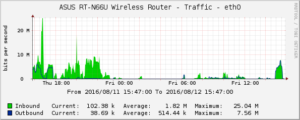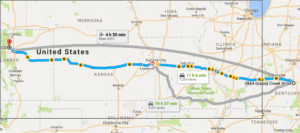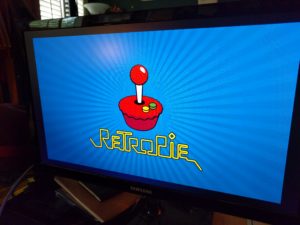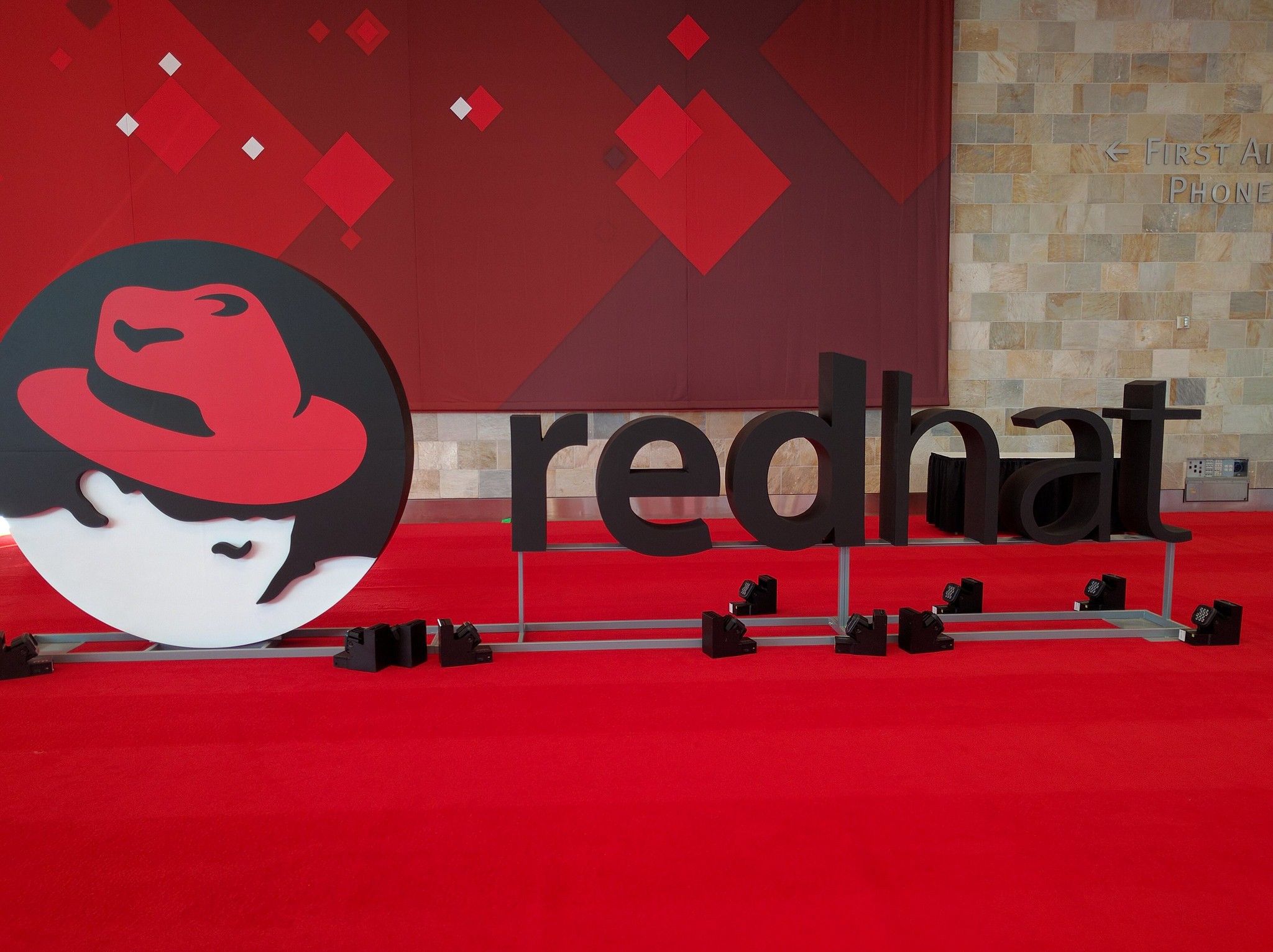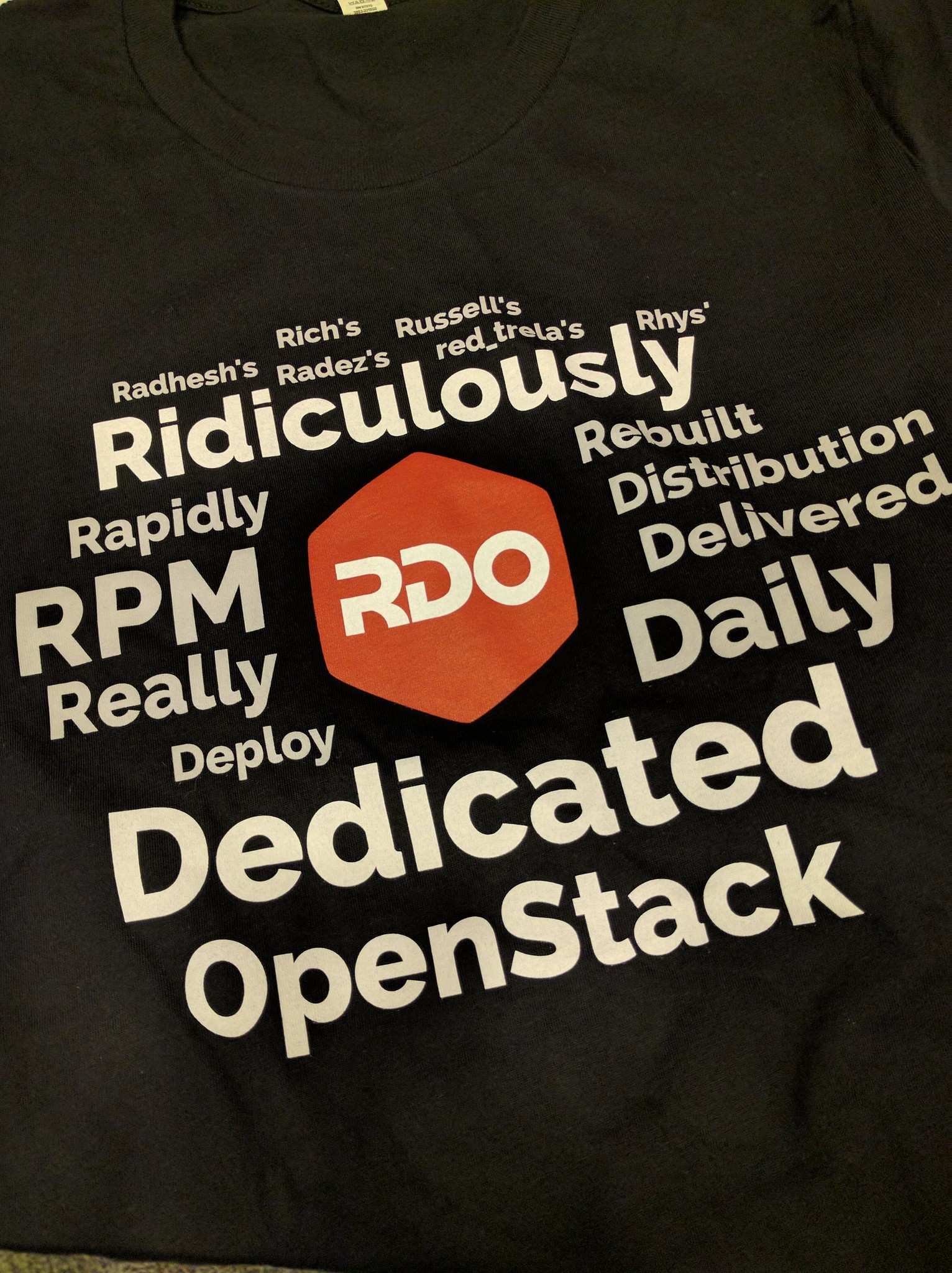I’ve been working through a list of SciFi/Fantasy books, which is a merging of three “top 50” lists that I’ve found over the years. I just finished reading Hothouse, by Brian Aldiss.
It was … weird, and ok. I guess I can see how some people would enjoy it. It follows the travels of group of primitive people around a post-civilization world where vegetation is the dominant life form.
I found it unsatisfying. Not much happens, and the people in the story are largely uninteresting, or, at least, Aldiss doesn’t tell us very much about them. So it’s more of a travelogue than a novel.
Anyways, on to the next book. I’ve included the list below, if you want to follow along. Stared books are those that I’ve already read – many of them before I encountered the list. I’m only on #3 of the ones that I hadn’t read yet when i started. Give me a few more years …
* A Canticle for Leibowitz by Walter M. Miller (1960)
* A Journey to the Center of the Earth by Jules Verne (1864)
* A Wrinkle in Time by Madeleine L’Engle (1962)
* Alas, Babylon by Pat Frank (1959)
* Brave New World by Aldous Huxley (1932)
* Do Androids Dream of Electric Sheep? by Philip K. Dick (1968)
* Dune by Frank Herbert (1965)
* Ender’s Game by Orson Scott Card (1985)
* Foundation by Isaac Asimov (1951)
* Make Room! Make Room! by Harry Harrison (1966)
* Nineteen Eighty-Four by George Orwell (1949)
* Old Man’s War by John Scalzi (2005)
* Rendezvous with Rama by Arthur C. Clarke (1972)
* Ringworld by Larry Niven (1970)
* Starship Troopers by Robert Heinlein (1959)
* The Hitchhiker’s Guide to the Galaxy by Douglas Adams (1979)
* The Illustrated Man by Ray Bradbury (1951)
* The Left Hand of Darkness by Ursula K. Le Guin (1969)
* The Stand by Stephen King (1978)
* The War of the Worlds by H.G. Wells (1898)
* Uglies by Scott Westerfeld (2005)
* Ribofunk by Paul Di Filippo (1996)
* Little Brother by Cory Doctorow (2007)
* Hothouse by Brian Aldiss (1962)
A Fire Upon the Deep (1992), by Vernor Vinge
Acme Novelty Library #19 by Chris Ware (2008)
Behold the Man by Michael Moorcock (1969)
Consider Phlebas by Iain M. Banks (1987)
Cryptonomicon by Neal Stephenson (1999)
Earth Abides by George R. Stewart (1949)
Embassytown by China Miéville (2011)
Falling Free by Lois McMaster Bujold (1988)
Glasshouse (2006), by Charles Stross
He, She, and It (1991), by Marge Piercy
Hyperion by Dan Simmons (1989)
Kindred (1979), by Octavia Butler
Logan’s Run by William F. Nolan & George Clayton Johnson (1967)
Man Plus by Frederik Pohl (1976)
Mission of Gravity by Hal Clement (1954)
Newton’s Wake (2004), by Ken MacLeod
Nor Crystal Tears by Alan Dean Foster (1982)
Odd John by Olaf Stapledon (1935)
Pattern Recognition (2003), by William Gibson
Perdido Street Station (2002), by China Mieville
Red Mars by Kim Stanley Robinson (1993)
Ring Around the Sun by Clifford D. Simak (1953)
Roadside Picnic / Tale of the Troika by Boris & Arkady Strugatsky (1972)
Sarah Canary (1991), by Karen Joy Fowler
Solaris by Stanislaw Lem (1961)
The Bohr Maker (1995), by Linda Nagata
The Chrysalids by John Wyndham (1955)
The Death of Grass or No Blade of Grass by John Christopher (1956)
The Demolished Man by Alfred Bester (1953)
The Dispossessed (1974), by Ursula LeGuin
The Drowned World by J.G. Ballard (1962)
The Female Man by Joanna Russ (1975)
The Long Tomorrow by Leigh Brackett (1955)
The Mount (2002), by Carol Emschwiller
The Sirens of Titan by Kurt Vonnegut (1959)
The Sparrow (1996), by Mary Doria Russell
Venus Plus X by Theodore Sturgeon (1960)
When Worlds Collide by Edwin Balmer & Philip Wylie (1933)
Wizard (1979), by John Varley

